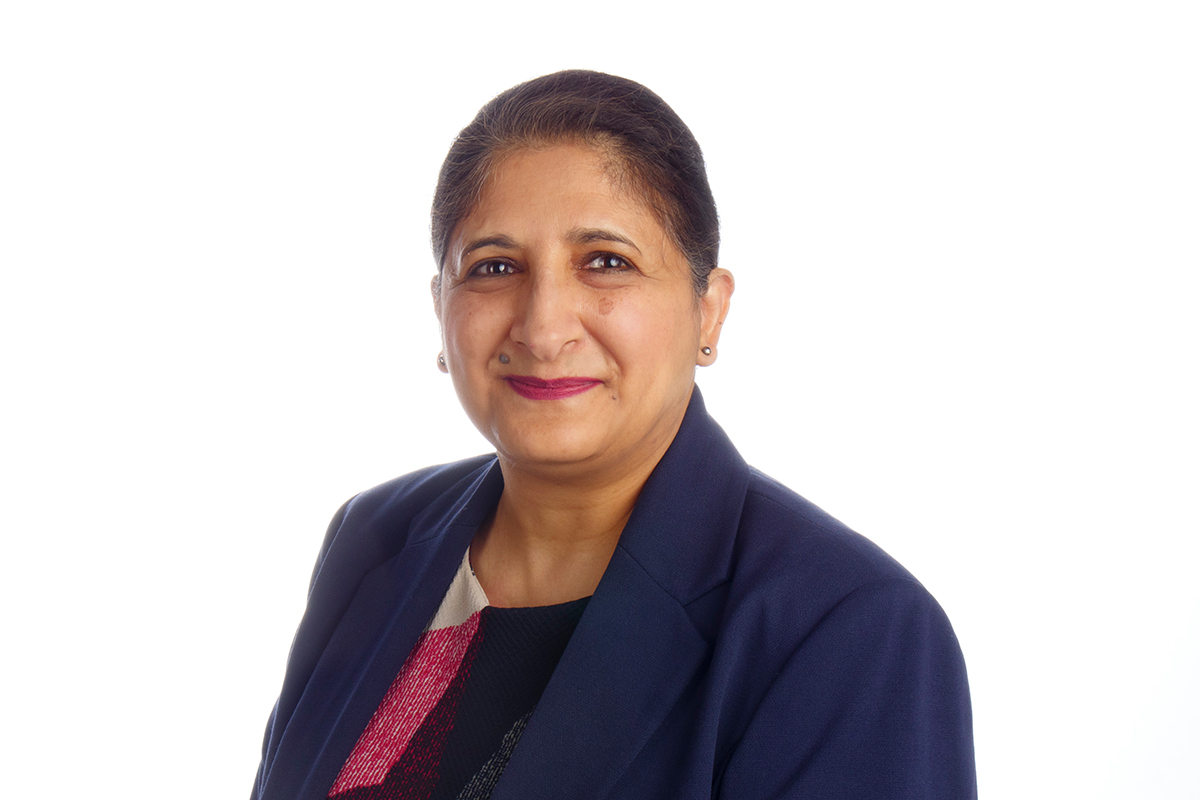Second-highest ever number of UK 18-year-olds apply to university or college by January

The number of UK 18-year-olds applying to an undergraduate course this year is the second highest on record, new UCAS data shows. Almost half of all UCAS users have expressed an interest in apprenticeship opportunities.
Figures for the January Equal Consideration Deadline show 314,660 UK 18-year-olds have applied, down slightly from 320,420 at the same point in the cycle last year (-1.8%) but significantly up on the pre-pandemic figure of 275,300 in January 2020 (+14.3%). This puts the application rate for UK 18-year-olds at 41.5% compared to 43.4% in 2022 but up from 39.5% in 2020.
This is mirrored in the number of total applicants (all ages, all domiciles) compared to last year – 596,590 this year, down from 610,720 in 2022 (-2.3%) but higher than 568,330 in 2020 (+5.0%).
There are also strong variations by subject (all ages, all domiciles), with robust growth in courses such as computing (+9.6%) and law (+2.1%) but a fall in courses such as nursing (- 18.6%) and education teaching (-15.6%) – although the number of applications for these courses exceeds the number of acceptances seen in last year’s cycle, showing there is still plenty of demand for places.
Other headlines include:
- While the application rate gap between the most and least disadvantaged (POLAR4) UK 18-year-olds has widened slightly (2.16 compared to 2.10 in 2022), the number of applicants from the most disadvantaged areas in the UK (POLAR4 quintile 1) is still the second highest on record at 36,470, which is up +19.1% on 2020 figures.
- International demand continues to grow, with a +3.1% increase in applicants of all ages – the uplift driven by countries such as Nigeria (+23.1%), India (+5.4%) and the United States (+9.8%). Applications from China are down (-4.2%), most likely due to Covid-19 restrictions and disrupted learning.
- The number of UK mature applicants has fallen compared to last year (-14%), mostly due to a decrease in nursing course demand.
- Total reapplications (all ages, all domiciles) has increased (+3.9%), with the majority of these submitted by 19-year-olds. The total number of 19-year-old applicants has also risen compared to last year (+0.8%), showing strong commitment among this age group to pursue a place at university or college.
- Interest in apprenticeships has risen for another yet year, up 8.7% compared to the same point in the cycle last year – meaning almost half of all UCAS users have expressed an interest in apprenticeship opportunities.
UCAS Chief Executive Clare Marchant said:
“Demand from UK 18-year-olds is the second highest on record, a testament to the continuing attraction of undergraduate study. However, this is another complex cycle with a myriad of global and national factors impacting demand, all within the context of an increasing demographic and high employment rates.
“Demand for undergraduate courses during Covid-19 was unprecedented and so a slight recalibration in the number of applicants might be expected, particularly for courses related to nursing and healthcare which saw exceptional growth as students were inspired by the pandemic to pursue these professions.
“UCAS polling on student attitudes also shows cost of living factors are making applicants reevaluate their choice of subject based on value and future career prospects. We are seeing increased interest in subjects which students perceive to have good career prospects, such as computing and law.
“Over the past five years, the number of UK 18-year-old applicants has risen by 17.4% and we anticipate this upward trajectory will continue over the remainder of the decade, based on a rising 18-year-old population and the continued global attraction of UK higher education.”
View the UCAS January ECD data resources here.
Sector Response
Julian Gravatt, Association of Colleges, Deputy Chief Executive:
Today’s UCAS data shows a fall in the number of people applying for higher education in 2023. There is also a notable fall in the number of applicants aged 18 and 19, despite a demographic rise in that cohort. This is not a surprise, because 16-18 enrolments are now on a downward trend which appears to result from young people choosing work instead of education.
The data also depicts that despite an increase in the number of applicants from the most disadvantaged backgrounds and the number of applicants from the UK’s most disadvantaged areas is the second highest on record, the application rate gap between the most and least disadvantaged has widened. More needs to be done to address the widening inequalities and promoting student choice.
Crucially, there is a direct link between the reduction in post-16 public spending the college sector has seen in recent years and the reduction in the percentage of young people in education. At a time when the UK needs more of its population to get higher level skills, short-term decisions around funding mean there are fewer people able to access that important training.












Responses